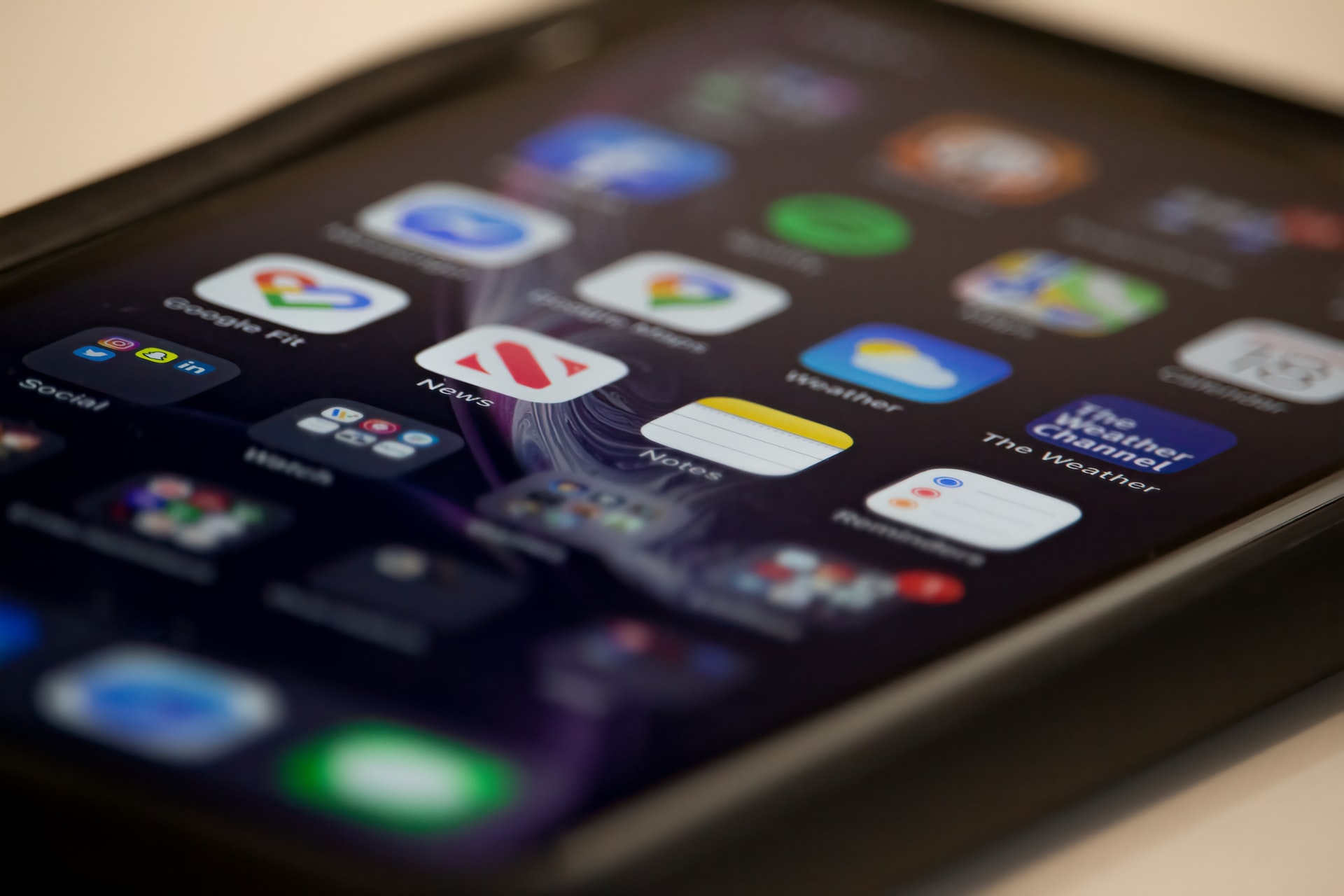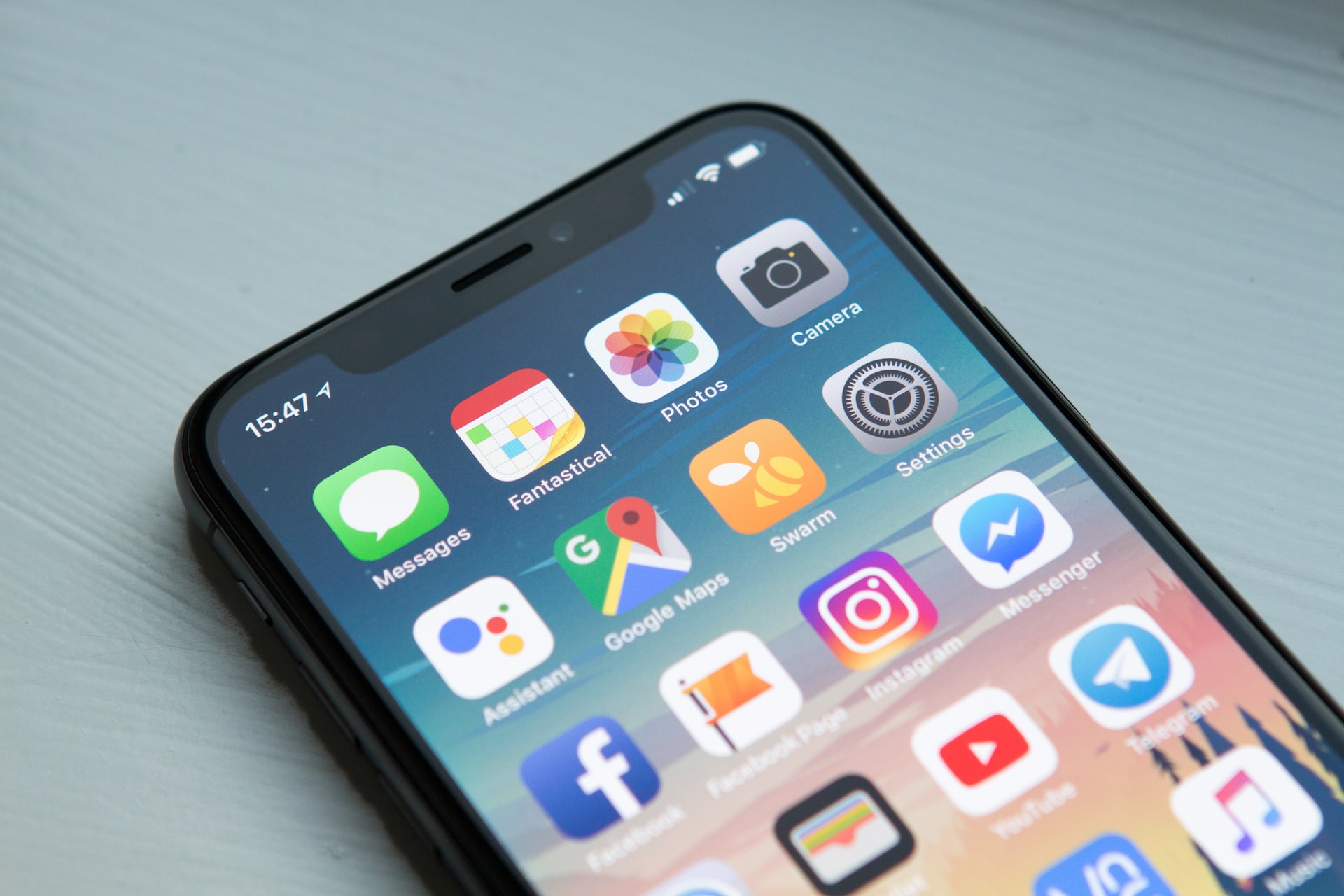Not making your mobile applications available for new global audiences is a missed opportunity. Thanks to mobile apps, smartphones have replaced a huge number of everyday tools, and it’s hard to imagine functioning without them. However, adapting an app for users in different target markets worldwide greatly depends on the technology behind it.
For example, Flutter app owners may need to focus on the particular steps of Flutter localization, whereas others may need to learn the steps for apps built in iOS or Android. Still, there are some key localization requirements to follow so you can launch your localized app in new markets quickly and efficiently.
This is why now is the right time to learn how to localize your app. Anyone who wants to do so, but isn’t sure where to begin will find these tips useful.

1. Prepare for Translation
You need to make sure that the content you wish to localize is easily readable by any human or machine translator. In other words, the translator should have easy access to the translatable parts. So, the first step to internationalization is to create and populate a resource file with all content strings. Your string resource file, unlike the original code, would be available for you to use in your translation workflow.
During localization, there are many things to take into consideration, and one of them is text expansion. Different languages use different amounts of text space and this can be an especially big challenge for apps because of the limited sizes of mobile screens. In addition, the text in the app should be easy to find and read. This is true for all iterations and for every language that you pursue with localization. To make sure that your app can be easily adapted to other languages and their linguistic rules, you need to have localization in mind from the earliest planning stages.
It’s also a great idea to try pseudo-localization before release. For instance, you can use machine translation software to see whether your UI can manage language variations in the length of words and sentences.
2. Rely on Strong Localization Technology
A plan to deploy translation into your app’s overall architecture is very important. This is why before you release your app, you should think about finding a reliable localization management system. Find one that works best for you, with a great interface, and will make the entire process easier. Furthermore, you can use a GitHub connector to monitor the code base for any changes in the translatable parts, and then route them into the platform’s translation pipeline. You can use CLI (command-line interface) for more control and flexibility. You can build API calls to any other management system you use, to retrieve and send translations in the localization platform.
Additionally, instead of thinking about quality assurance and testing after localization, you should plan from the start and decide where you want to be on the quality spectrum. Before your app is released, you will need to deploy both internationalization and localization testing. This way when it’s time to test and make tweaks, you will know how strict you should be.
Hyper-localization, for example, is sometimes necessary if you need to translate content into Spanish and varieties such as Mexican, Argentine, Peruvian, etc. However, it’s not always required. Before diving into the process and spending your resources, it’s worth carefully assessing the level of localization you require. Your global targets should be based on the likelihood of enough downloads to justify your investment.
3. Take it One Step at a Time
There isn’t one approach to localization that works for anyone, and it’s not something that must be done all at once. Taking it slowly, step by step is not only better for the results but will also allow you to find new approaches you may not have considered yet, as well as learn a lot along the way. Instead, you can prioritize specific segments of localization.
To make your English-language app more discoverable in different markets, you may want to prioritize the localization of your app description and store content. Based on the number of downloads and other metrics, you can later decide which markets to prioritize for app localization. Furthermore, with so many people using software in English, you may also be successful without translating the app, especially if the text isn’t the most important element of the app, and instead only localize the tutorial content.

In Closing
Learning the key localization requirements and identifying the practices most suitable for your mobile app is the most important step toward app localization. To succeed in cross-border markets you need a localization partner—a translation management system, a localization platform—that will help you go global quickly, easily, and efficiently.
















